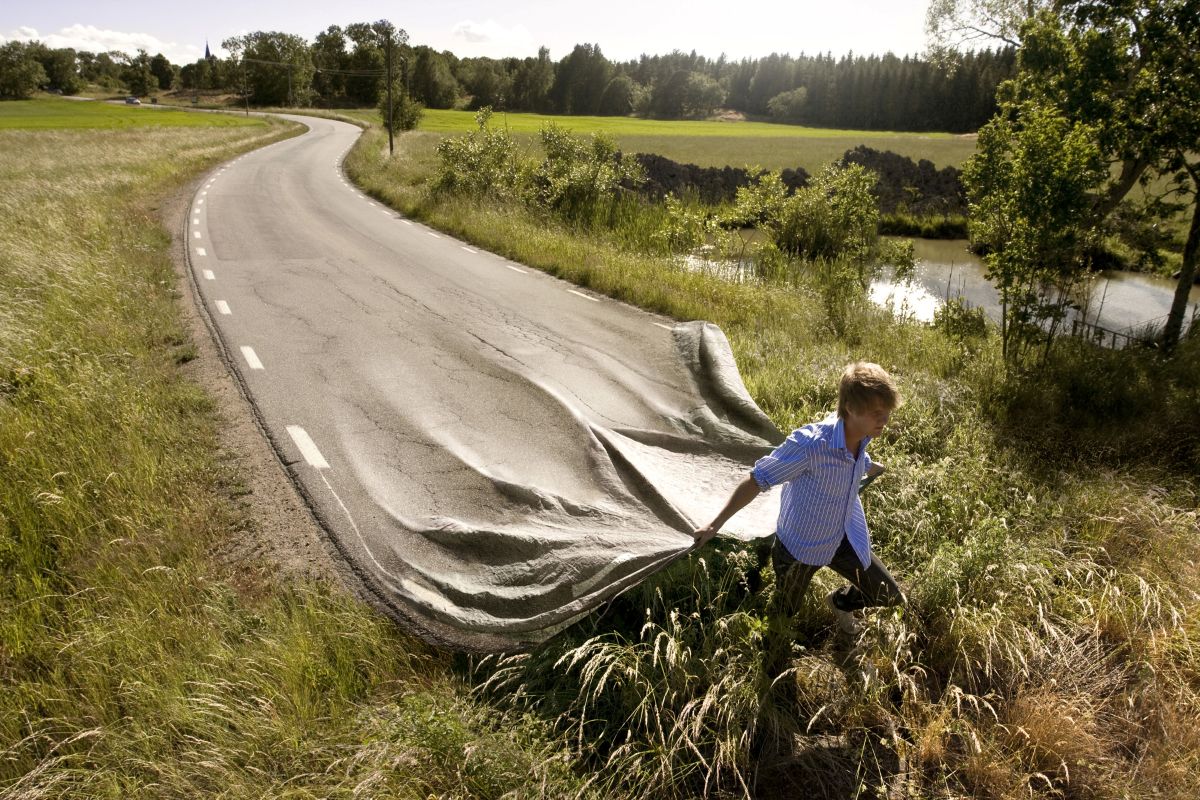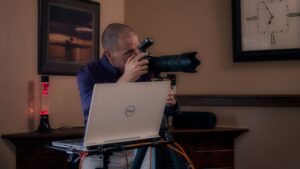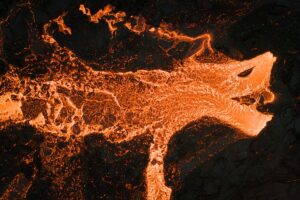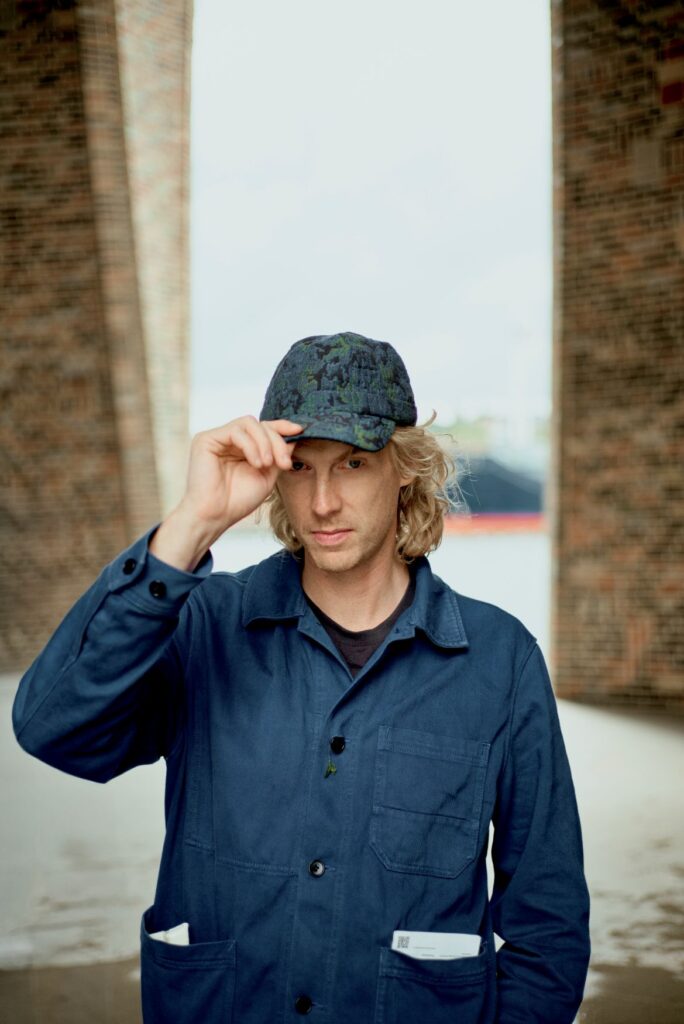
Imagination is limitless, but anchoring it in reality creates consistency.
Erik Johansson
You can also listen to this episode with Erik on iTunes, Pocket Casts, Spotify, Castbox, and Google Podcast
Engage, inspire, and grow with our photography group: Join our online community of photographers and interact with the host, Perrin, gain access to monthly photo contests, discover daily inspiration, and much more!
Interested in contributing? Visit our Supporter page to find out more.
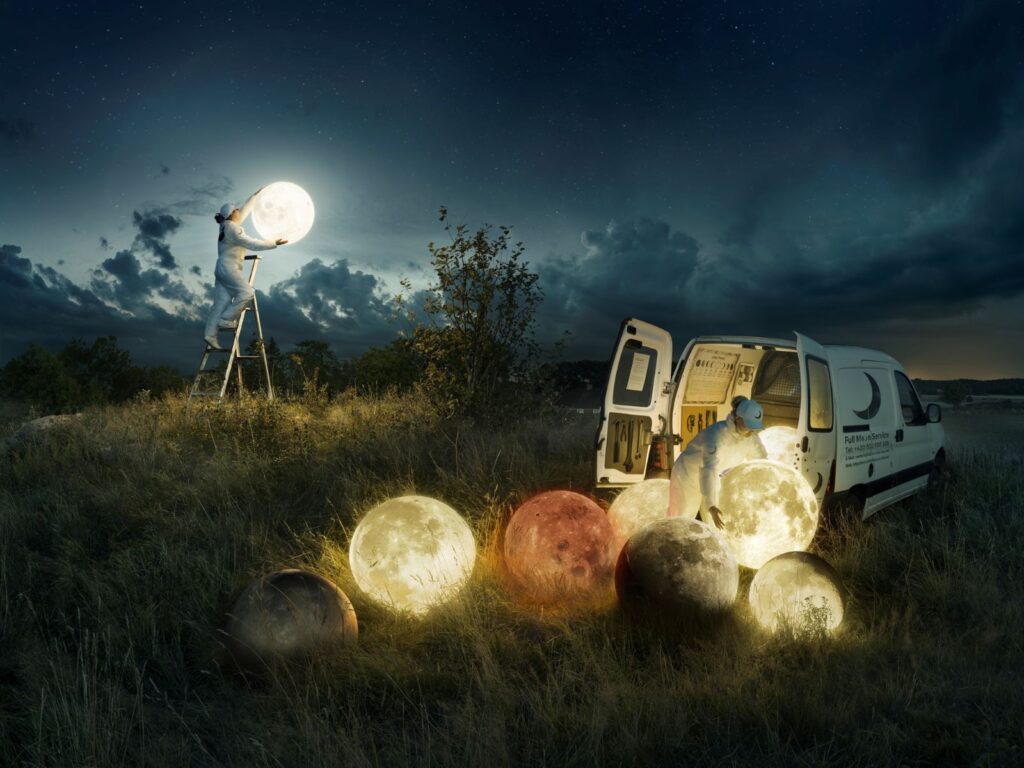
The first time Erik Johansson realized a photo could show truth in a different way, it changed everything.
As a kid, he loved to draw, though he’ll be the first to say his drawing skills haven’t improved much since he was twelve. What mattered to him was the freedom. A blank page meant he could invent his own world. So when he picked up a digital camera for the first time, he wanted it to feel the same way. Not like a tool for documenting reality, but a way to bend it.
That’s how it started. Not with a grand plan or an art school goal, just a quiet curiosity to see how far he could push an image before it became something familiar yet entirely different.
In this episode, Erik walks us through how those early experiments became a lifelong creative practice. He still begins most projects with a sketch, builds scenes by hand using props and real locations, and photographs every element himself. His images, like someone stepping out of their own shadow or workers replacing the moon, might look digitally generated. They’re not. And he likes it that way.
We talk about burnout, the discipline behind imaginative work, and how some recurring objects, like ladders, beds, and moons, have taken on deeper meaning in his portfolio over time. There’s also a lot here about light, perspective, and the subtle choices that make the impossible feel believable.
Here’s some of what we get into:
• How Erik builds surreal images that still feel human
• Why he photographs every piece of a scene instead of using AI or CGI
• The importance of starting with simple sketches and letting ideas evolve
• What certain objects have come to represent in his work
• How he deals with creative burnout and stays inspired
Erik’s work is visually striking, but this conversation is really about process, intention, and the strange joy of making something that shouldn’t exist – yet somehow does.
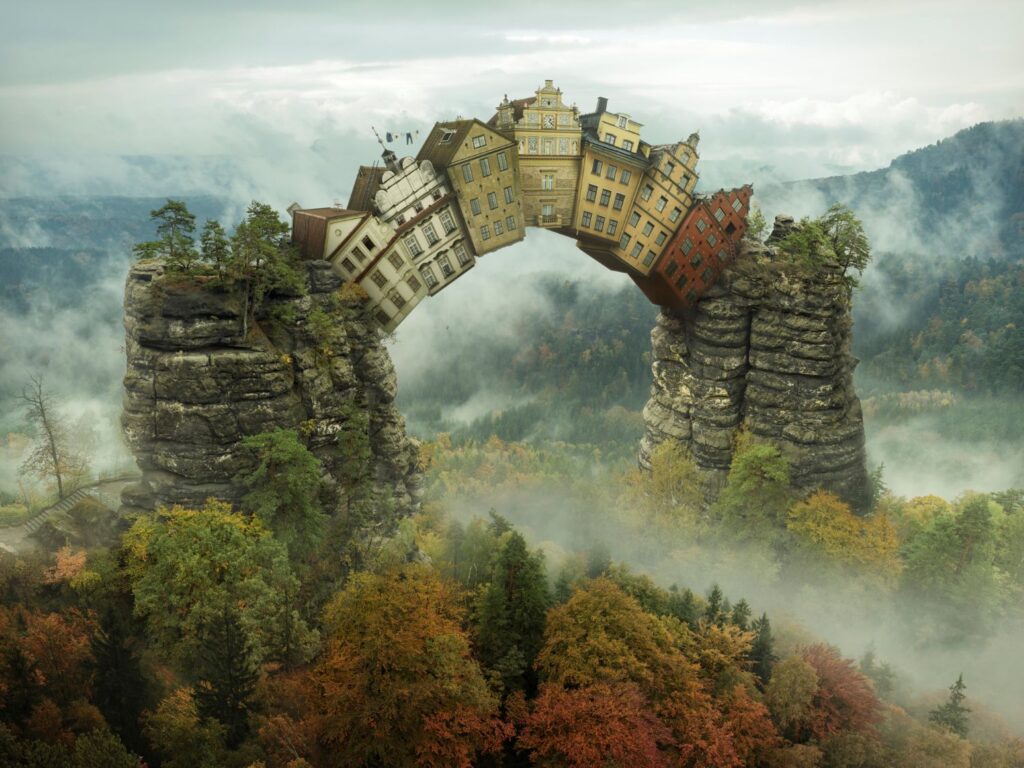
Q: When you’re creating these visually impossible moments, what anchors you? How do you decide what has to feel real in order for the surreal to resonate with people?
Erik: One of the key things is that I want people to feel like they’re part of the worlds I create, almost as if it’s a window into another world. So realism is very important; even if there’s an impossible element, I still want it to feel like a snapshot of something that could somehow exist. That often means building as much of the scene as possible in front of the camera and solving problems creatively to capture those elements authentically.
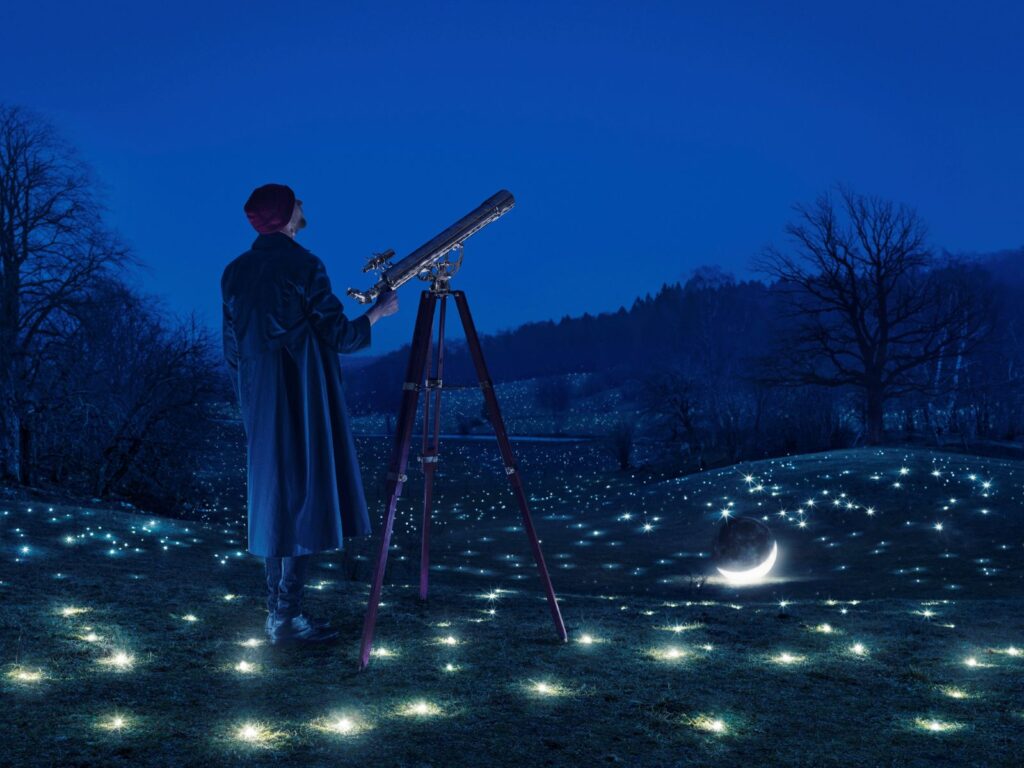
Q: What were some of the challenges that you had to overcome when you were kind of learning your craft and developing your style?
Erik: In the beginning, it was really just about learning what you can do. I remember opening Photoshop for the first time and having no idea where to begin, so I just went through the menus one by one. Over time, I realized that having good material to work with is essential. For example, changing lighting or perspective is difficult, so I had to improve my photography skills to create the images I envisioned. It’s been a lot of trial and error, and every project helps me learn more about what’s technically possible.
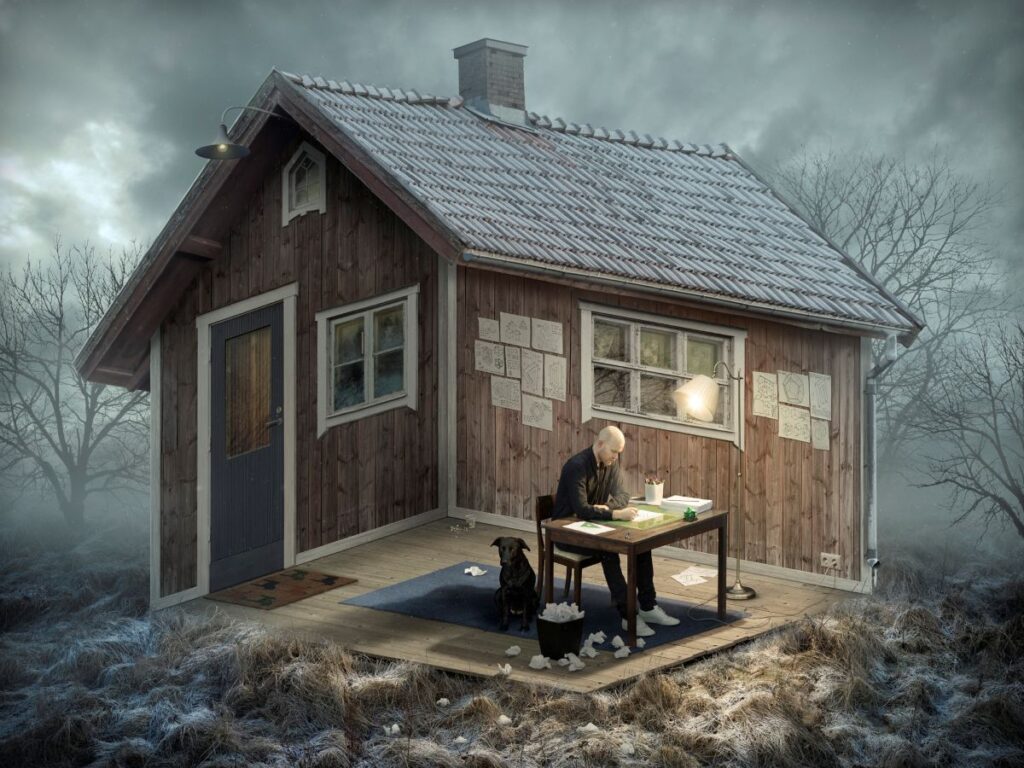
Q: How do you go from conceiving an idea to planning these narratives in your images?
Erik: It always starts with a sketch. Sometimes it’s just a simple thought or visual detail that sparks an idea. I try to be receptive to the world around me and think in unexpected ways. Once I have a concept, I figure out what moment in the story I want to capture-the moment of no return, for instance, where you don’t know what happens next. That helps build intrigue. I use sketchbooks a lot and often return to them to develop ideas further.
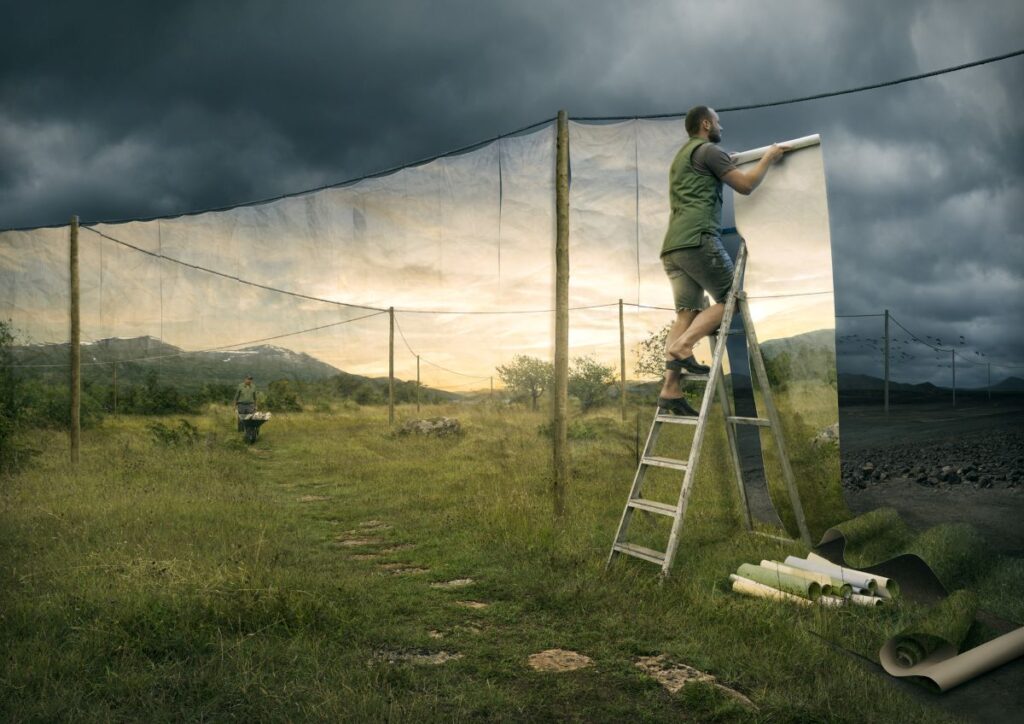
🔗 Connect with Erik Johansson
🧭 What We Talked About
🎼 Erik’s Early Journey into Surreal Photography
- Erik didn’t “choose” surrealism, it chose him. He grew up drawing, filling blank pages with imagined scenes, which later translated into using a digital camera as a creative canvas.
- Discovered photo manipulation and digital photography simultaneously, sparking a lifelong curiosity in blending reality with imagination.
- Initially used drawing as an outlet, then transitioned to photography when he realized he could “draw” with real-world elements.
📖 Philosophy, Storytelling & Visual Language
- Erik views each image as a “window into another world”, something surreal yet grounded enough to feel believable.
- He aims to anchor impossibilities with realism, often exploring negative space and themes of introspection, like in his piece Rise and Shine, where a man climbs out of his own shadow.
- His images leave room for interpretation, he doesn’t handhold viewers, instead valuing ambiguity and metaphor.
- Titles serve as clues, often with layered meanings, adding depth to the viewer’s experience.
📷 Tools, Gear & Behind the Scenes
- Shoots everything himself with no stock images, CGI, or AI. He prefers tactile realism and solving problems with on-location ingenuity.
- Builds real-world props like paper moon lanterns, shadow cutouts, and even constructs scenes with styrofoam and spray-glued rocks.
- Lighting is used purposefully to enhance narrative, not just aesthetics. This means every beam of light must have an intentional source.
- Primarily shoots outdoors, often in the Swedish countryside where he grew up, to maintain visual consistency across his work.
🔁 Creative Practice, Habits & Teaching
- Only creates 6–8 new works per year, the majority of time is spent sketching, planning, and executing with precision.
- Uses sketchbooks extensively; each idea starts with a simple drawing, no matter how complex the final image becomes.
- Shares behind-the-scenes content via Instagram and YouTube to foster transparency and inspire others, especially in the wake of rising AI skepticism.
- Recently opened the Svenstorp Art Center in Sweden, a permanent space to showcase his evolving body of work.
💬 Advice, Creative Strategy & Staying Inspired
- Encourages photographers to focus on what’s unique to them, whether it’s access to a location, a personal story, or a recurring symbol like ladders or moons.
- Avoids comparing himself to others; instead, he embraces creative limitations as a framework to think outside the box.
- During ruts, he revisits old sketchbooks or tries completely different activities “forcing creativity is the worst thing you can do.”
- Stresses the importance of having fun and staying passionate, especially in a niche like surrealism that requires both imagination and discipline.
🔮 What’s Next for Erik
- Actively working on a concept where a map transitions into a real-world landscape, exploring the theme of life paths and agency.
- Planning 4–5 new surreal works this summer, with ideas ranging from resource scarcity to fantastical reinterpretations of everyday objects.
- Continuing seasonal exhibitions at Svenstorp Art Center, where he merges immersive physical experiences with his photographic worlds.


